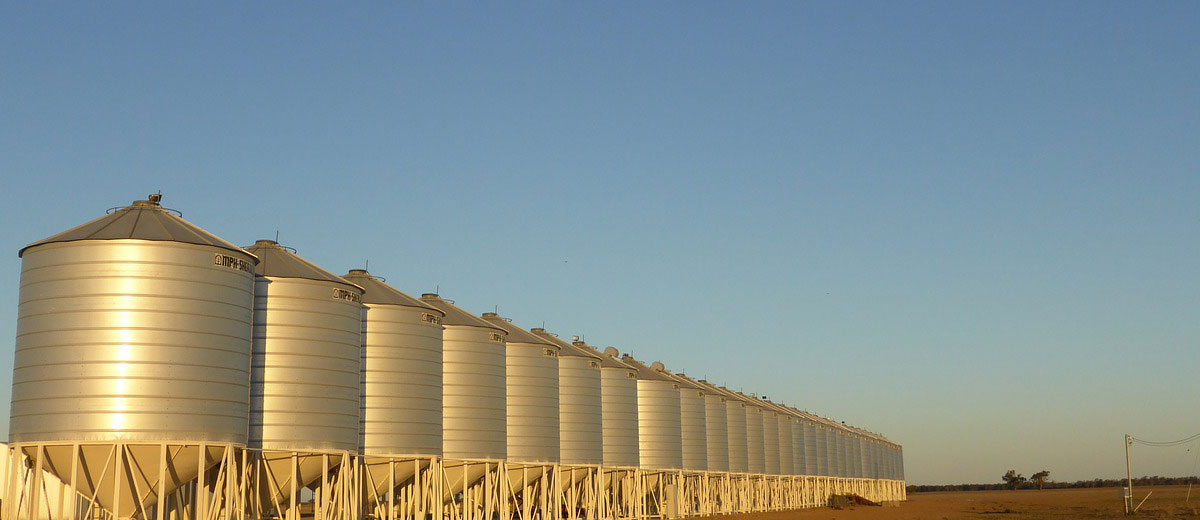
Insects in Stored Grain
Source: Kim Stonehouse, PAg, Crops Extension Specialist, Tisdale, December 2019
Regularly monitoring stored grain for insects is always important and can alleviate many problems at the time of delivery to the elevator.
The Canada Grain Act has a zero tolerance policy for any insects that feed on whole, sound grain delivered to elevators.
The most sensitive way to detect insects in stored grain is by using a probe trap. The trap should be placed in the top centre of the bin because it is where the first signs of a problem commonly occur.
Insects in stored grain feed are found on the grain or fungus that may be developing within the stored grain. Grain feeding insects include the rusty grain beetle, red flour beetle and saw-toothed grain beetle. The rusty grain beetle is the most common insect found feeding on stored grain in Canada and heavy infestations can cause the grain to heat and spoil. These beetles are cold hardy and can survive temperatures below zero degrees.
Fungus feeders include the foreign grain beetle, grain mites and psocids (book lice). The foreign grain beetle will also feed on grain if the moisture content is at the high end of the acceptable range. Insects that feed on fungus cannot survive on dry grain.
There are a number of methods that can be used to control both grain and fungus feeders. Mechanical methods tend to be the most economical and do not require any special licensing. Many of the above noted insects can be killed by: reducing the core grain temperature for a period of time, moving the grain several times during mid-winter, moving grain using a grain vac or passing the grain through a heated grain dryer for a length of time.
In warmer conditions, treatment options for grain being rotated to a clean bin include: Diatomaceous Earth, Malathion and Phostoxin. It is important to note that oilseed crops, including canola and flax, should not be stored in bins treated with any of these products. For malt barley or milling oats check with your grain buyer before using Malathion or Phostoxin.
Always read the product label to ensure that it is registered for use in the grain to be treated and on the insect to be controlled. Follow label instructions for effective and safe application. With some products the use and sale is restricted to licensed pesticide applicators with a valid fumigation license.
For more information on preventing and controlling insects in stored grain, please refer to Insects and Mould in Stored Grain or contact your local Crops Extension Specialist.
For the latest information and for more updates on everything Kindersley ‘Like’ the Kindersley Social Facebook page below…








































